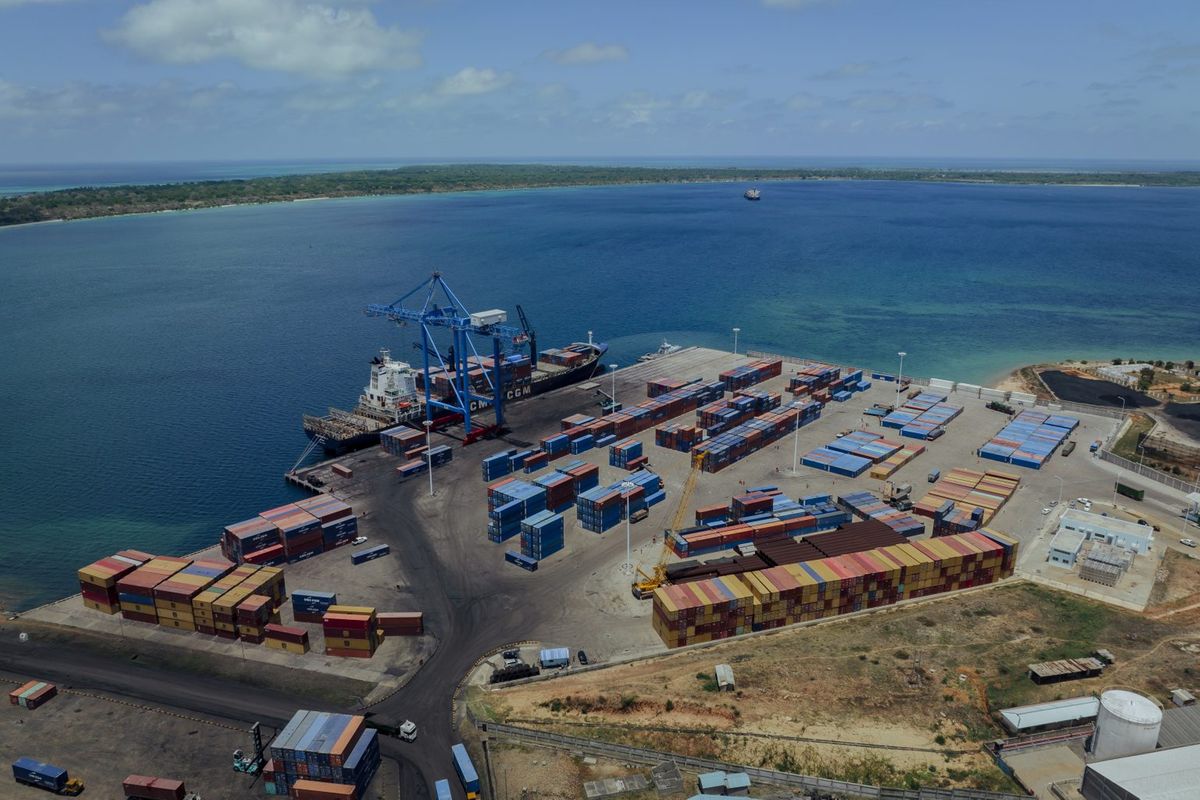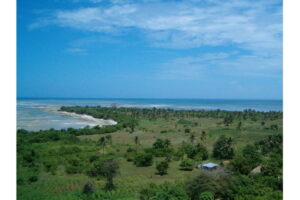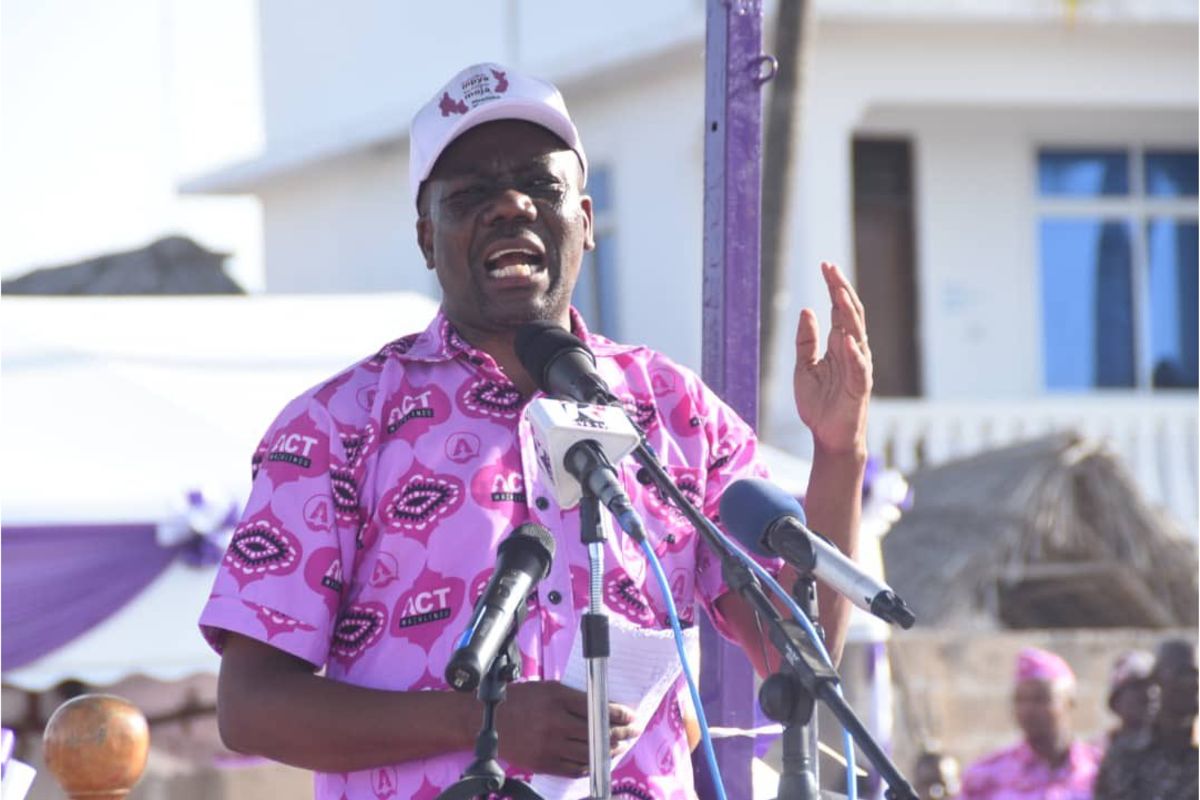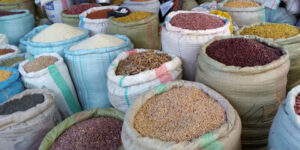
Tanzania’s 57 trillion cubic feet of natural gas reserves in Mtwara Region have ignited visions of an economic revolution. The proposed $42 billion LNG project is expected to add $8-19 billion annually to GDP until 2045, with a one-time growth surge of 12-18 percent during peak production. For a nation where 25 percent live below the poverty line, this seems transformative. Yet while these projections paint an alluring picture, they only tell part of the story.
The impact of LNG, though significant, has its limits. Over-reliance on natural resource extraction is a risk that has long haunted resource-rich nations. History is filled with examples where booms in oil, gas, or minerals have failed to translate into widespread, lasting development.
Despite being Africa’s largest oil producer, Nigeria’s oil wealth has not catalysed national transformation. Since the 1970s, more than $400 billion out of $1 trillion in oil revenues has been lost to corruption. Today, 40 percent of Nigerians still live in poverty, and oil accounts for 90 percent of export earnings, leaving the country vulnerable to price shocks and economic stagnation. A mono-resource economy, dominated by elite interests, has left Nigeria poorer than it should be.
LNG limitations
Tanzania is not immune to the same fate. Consider Songosongo and Mnazi Bay – both now in decline. They generated billions, but very little of that money changed the lives of the communities living nearby. Tanzanite, worth over $20 billion, has been extracted from Mererani since 1968, and yet the region remains underdeveloped. Buzwagi and Resolute gold mines, once promising, are now closed. Resource extraction rarely translates into long-term transformation.
This underscores a major limitation of the LNG project – employment. Projections show that LNG operations will create a maximum of 10,000 jobs. For a country struggling with massive youth unemployment, this is underwhelming. Even worse, most of the high-skilled jobs will go to foreigners due to the technical demands of the sector. While LNG may indirectly enable broader investments through government revenue, the immediate benefits to southern Tanzanians are minimal.
Moreover, history has shown that large-scale resource projects in Tanzania often centralise wealth. Revenues flow to the capital, while the regions generating that wealth remain poor. Lindi, Mtwara, and Ruvuma—despite hosting immense natural resources—continue to lag behind the rest of the country in terms of infrastructure, education, and employment.
A comprehensive vision
While LNG is undoubtedly a powerful economic lever, but only if it is part of a larger, more diversified strategy. The Mtwara Development Corridor (MtDC) offers precisely that. It is not simply a pipeline or a port—it is a blueprint for an integrated economic transformation.
Dubai didn’t stop at oil. Its leaders built the Jebel Ali Port, developed Emirates Airlines, and diversified into logistics, tourism, and finance. Today, oil contributes less than 10 percent to Dubai’s GDP. Tanzania can follow that path through MtDC – by investing in industrialisation, agriculture, transport, power exports, and regional integration.
1. Massive employment creation: LNG offers 10,000 direct jobs. MtDC targets 1.2 million jobs across multiple sectors—manufacturing, mining, logistics, agro-processing, and tourism. This is the scale of employment we need if we are serious about lifting people out of poverty.
2. Comprehensive economic diversification: MtDC reduces reliance on a single resource. It builds strength across multiple sectors, ensuring stability even as gas fields deplete. The investments in education, skills development, and transport will create a broad-based economy able to survive beyond the lifespan of LNG.
3. Direct impact on local communities: The MtDC framework is rooted in decentralisation. With the right governance, the benefits—jobs, income, services—will reach people in Lindi, Mtwara, Ruvuma, Njombe, Mbeya and beyond. Agriculture will flourish. Tourism in Kilwa will find its audience. Markets will grow. This is the development that people can see and touch.
4. Sustainable growth and long-term prosperity: MtDC is projected to contribute up to 25 percent of Tanzania’s GDP by 2040. Unlike LNG, which may produce a short-lived economic spike, the corridor offers sustained, long-term growth powered by people, not just pipelines.
Lifeline or liability?
Tanzania’s Vision 2050 aspires to a $1 trillion economy and $8,000 per capita income. This bold ambition doesn’t require short-term fixes. LNG will help, but it is only one tool. Without MtDC, we will fail to unlock the full economic potential of the South. And if we fail the South, we fail the nation.
We need urgency. The government must create an independent corridor authority to coordinate MtDC implementation, fast-track public and private investment, and remove bureaucratic barriers. This isn’t a dream – it is a necessity.
In the end, the LNG project is a spark. But it is MtDC that will keep the fire burning. This is the project that will build cities where villages now stand. This is the project that will send children to universities built in their own regions. The MtDC’s power lies in its ability to transform people, not just pipelines. This is the project that will finally lift the South.
Dubai’s leaders once declared: “Build it, and they will come.” Sometimes, that’s all it takes.














